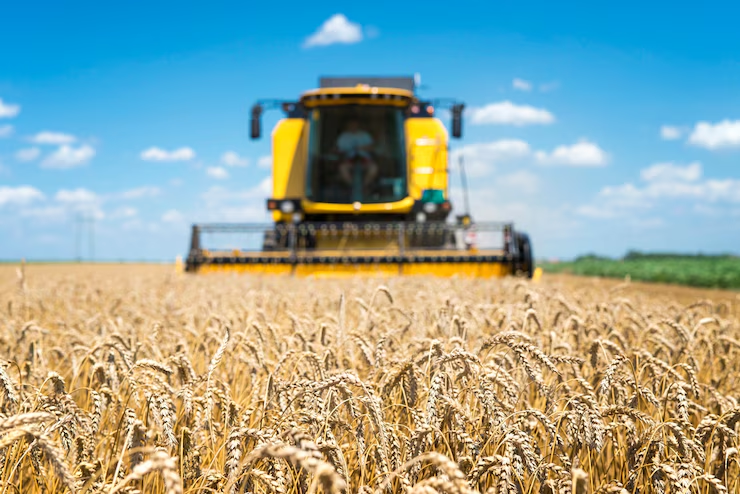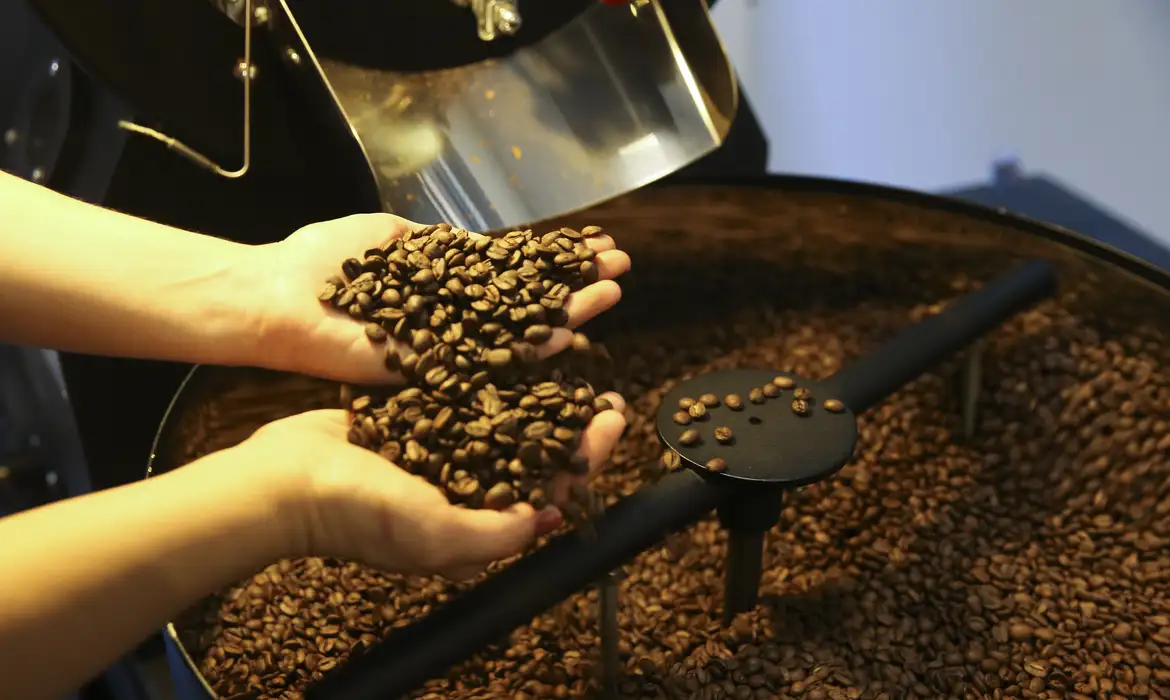“Mad cow” in Pará, government suspends meat exports to China

The expectation is that the assembly between the Brazilian minister and the Chinese language diplomat was to debate how one can reactivate meat exports from Brazil to the Asian nation as quickly as doable. It is because, following the official well being protocol, beef exports to China are briefly suspended as of this Thursday (23).
Based on the Agricultural Protection Company of the State of Pará (Adepará), the case occurred on a property with 160 head of cattle, which was remoted by the company. “The property was inspected and preventively interdicted,” he mentioned in a observe.
Nonetheless based on the company, the signs point out that the case is an atypical type of the illness, that’s, that it seems spontaneously within the animal, with out threat of dissemination within the herd or to people.
“The World Group for Animal Well being (WHOA) was notified and the samples have been despatched to the establishment’s reference laboratory in Alberta, Canada, which can be capable to verify whether or not the case is atypical,” the folder mentioned.
Based on the Ministry of Agriculture and Livestock, the animal was raised on pasture, with out feed, and slaughtered. His carcass was incinerated on the spot. “The official Brazilian veterinary service is finishing up the epidemiological investigation which can be continued or terminated relying on the outcome”.
“All measures are being adopted instantly at every stage of the investigation and the matter is being handled in full transparency to ensure Brazilian and international customers the acknowledged high quality of our meat”, mentioned the minister of the portfolio, Carlos Fávaro.
market response
Crop and market analyst Fernando Iglesias mentioned that industries had already stopped shopping for cattle since Monday, when the case started to be investigated, contemplating the speculation of a stoppage of meat exports to China — which, in actual fact, confirmed.
Within the final case of EBB confirmed in Brazil, in 2021, exports have been suspended for greater than 100 days, and the typical export worth fell by nearly 20% in that interval.
Within the opinion of Hyberville Neto, marketing consultant and director of HN Agro, China’s progress and the worldwide scarcity within the provide of animals ought to speed up the tip of the embargo.
“We do not consider it should take so long as it does in 2021. As a result of at the moment China was coming from good months of purchases. This lately it has been shopping for a big quantity, however has been shopping for much less. Allowing for that they’ve simply left the Chinese language New 12 months, which is a interval of higher consumption, so that they should have an affordable degree of shares to be replenished. So you do not consider they’ve all that consolation to remain indefinitely, with out shopping for from Brazil “.
mad cow illness
Bovine Spongiform Encephalopathy (BSE) is a illness of the nervous system of cattle, which has an extended incubation interval of between two and eight years, and sometimes longer. There may be at present no therapy or vaccine in opposition to the illness.
BSE is a part of a bunch of illnesses referred to as transmissible spongiform encephalopathies, or prion illnesses, characterised by the buildup of an irregular infectious protein known as a prion in nerve tissue.
At the moment, on account of the profitable implementation of efficient management measures, the prevalence of traditional BSE is extraordinarily low, as is its international well being influence and threat to public well being.
The illness may be divided into two types, based on the World Group for Animal Well being. The traditional model happens via the consumption of contaminated meals. Though the traditional type was recognized as a big menace within the Nineteen Nineties, its incidence has declined lately, on account of the profitable implementation of efficient management measures, and is now estimated to be extraordinarily low.
The atypical model refers to naturally occurring and sporadic types, that are believed to happen in all cattle populations at a really low price and which have solely been recognized in older cattle throughout intensive surveillance.
By Brasil 61




